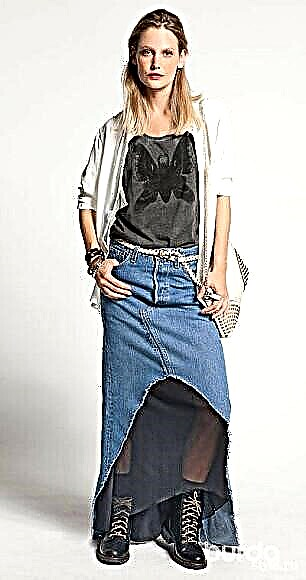It’s easy to learn string art, and its possibilities are almost endless! In our review - the history of string art and all about how to start doing it.
String art: history and modernity

Photo: @stringartbytom
This kind of hand-made art consists in drawing with threads - pulled by carnations on the board, the threads form a picture. "String" from English translates as "string" or "rope", also this unusual type of needlework is called "isothony": from "image" + "thread".
There is no consensus on how this art form appeared. According to one version, it was invented by English weavers in the 17th century. They created delicate home decorations with the help of planks, threads and nails.

Photo: @residualglow
Several centuries passed, and in the middle of the XIX century, the half-forgotten way of working with thread was revived by the mathematician Mary Everest Bull. She found an original way to demonstrate geometric shapes to her students. For classes, she used a small board with nailed nails, on which she used the rope to draw triangles, squares, and more complex shapes.

Photo: @stringartbytom
The first person to write his name in the history of string art as a hand-made art was American John Eichenger, chief designer of Open Door Company (Los Gatos, California). Having examined the "pictorial" potential in the "geometric" technique, Einger began to create paintings on the boards with the help of threads and nails. In his work, the designer turned to the oriental art of the mandala (a sacred symbolic and schematic image of Buddhists), noting that the lines of threads stretched over nails can form similar patterns. The mandalas created by Eichenger since 1972 were distinguished by grace, unique optical illusions and compliance with the laws of mathematics - among other things, they were very beautiful. The designer appeared followers - in practice it turned out that in the technique of string art you can "draw" not only symmetrical, but generally any pictures.

The work of John Eichenger
Photo: chairish.com
Today in string art there are three main areas:
- Creation of abstract paintings and drawing geometric shapes;
- creation of asymmetric art images (portraits, landscapes - in fact, any pictures);
- volumetric drawing with threads.


Photo: @stringartbytom

Photo: @stringartkz

Photo: @art_animals_kzn

Photo: @ 1freq1c
22 rare and unusual types of needlework
Mastering the basics of string art
You will need:

Photo: @warmteanight
- a wooden board (a piece of chipboard or similar material is also suitable, into which it is easy to hammer nails, the main thing is that the board is of sufficient thickness);
- if desired - paint, stain or other coating for preparing the board (you can take a picture on a clean board);
- nails with a hat, the length of the nail is 1−2 cm (you can slightly longer, it is important that the tips of the nails do not come out from the inside);
- a small convenient hammer;
- strong threads to create a pattern (for starters, Iris is suitable or not too thick and fluffy threads for knitting, you can use sewing threads, floss, and so on);
- a pencil or marker for drawing markings on the board;
- pliers;
- scissors;
- a picture template (copied, printed, or created independently).



Photo: @stringartbytom
Technology for creating work in the art of street art:
1. Preparation of the base (plank, if necessary, trim, sand the edges, if desired - paint and so on).
2. Transferring the picture to the base, marking the location of the nails.
3. Driving nails.
4. Tension between the nails of the threads.



Photo: @stringartbytom
If the sketch is complex, you can print it on paper, attach the drawing with tape to the board, drive in the nails, and then remove the paper with tweezers.
Craftsmen advise: to facilitate the process of drawing with threads, you can use the simplest ballpoint pen, more precisely - its body (you need a unwinding case, of two halves, with holes on both ends). You need to remove the rod from the handle and pass the thread through the body - this will make it more convenient to work.
String art for beginners: a master class
Creating a multi-level symmetrical geometric pattern in the style of string art:
Creating a portrait using the string art technique:
DIY embroidery
Japanese sashiko embroidery: master class
More work in the art of string art for inspiration:

Photo: @lorasstringart

Photo: @ serendipity.string.art

Photo: @ astek23

Photo: @que_art_gallery

Photo: @valerialinofoto

Photo: @que_art_gallery

Photo: @que_art_gallery

Photo: @lorasstringart

Photo: @pookie_spruce

Photo: @meemade_studio

Photo: @rg__creation

Photo: @lorasstringart

Photo: @lorasstringart

Photo: @akem1

Photo: @_urshula

Photo: @lorasstringart



